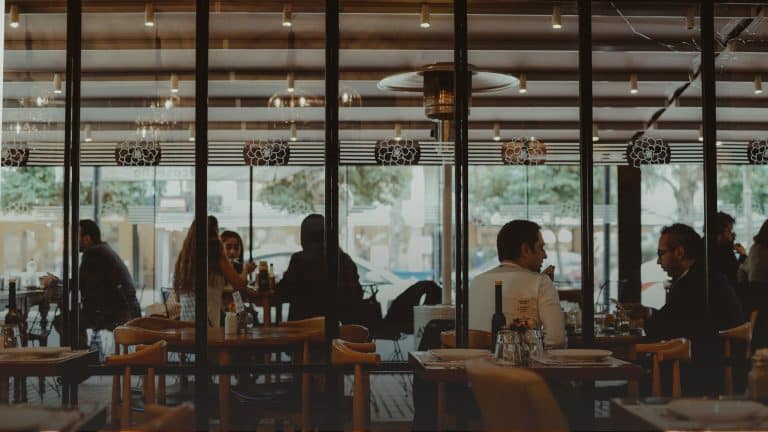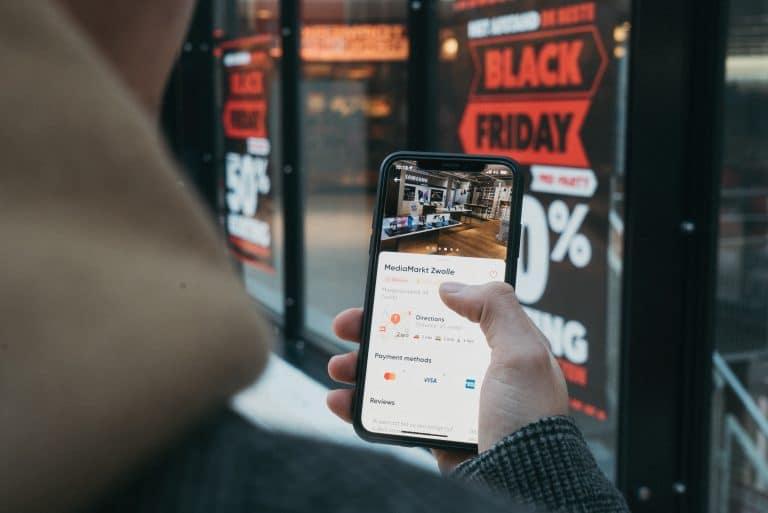Lately, everywhere we look in Jakarta, we see advertisements/content for Beauty & Personal care companies. And it makes sense also, as the country’s disposable income is on the rise, consumers are spending heavily on looking better. With ample whitespaces, brands have come to fulfill customer needs. We have been tracking the space for a while now and have seen how these companies have scaled. In this article, we talk about how new-age brands have made an impact in the beauty space and now the next mountain to climb is disrupting the perfume space
1. Pictures speak more than a thousand words supermarket shelves reflect the rise of new-age brands & perfume whitespace
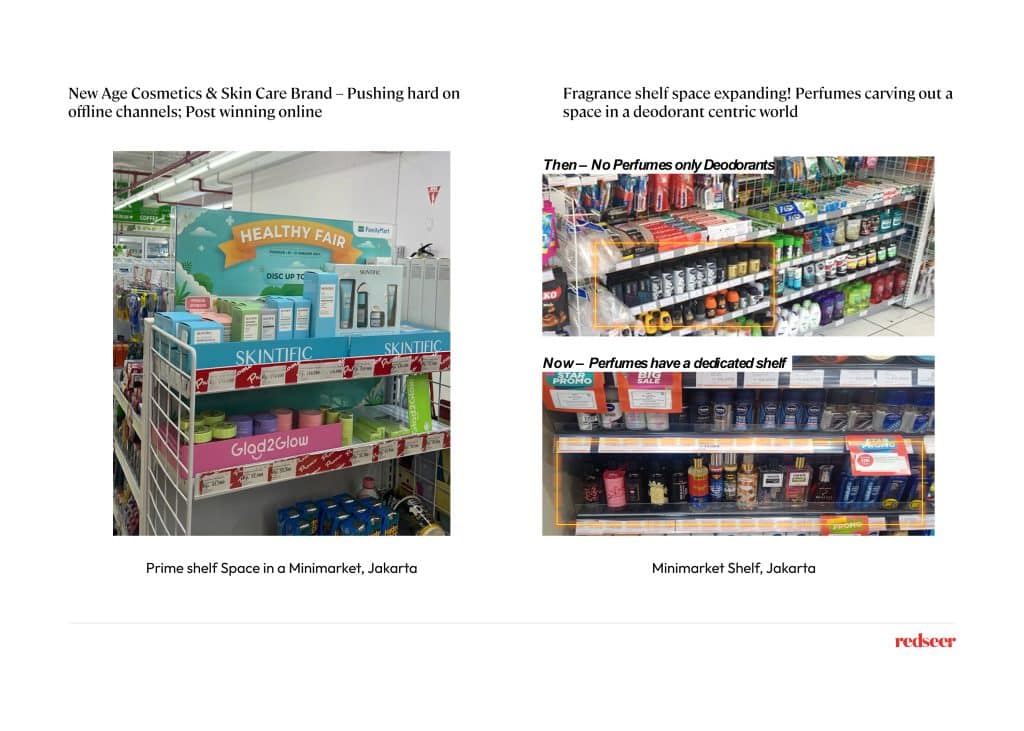
These photos capture everyday minimarts in my neighborhood. They offer a glimpse into two interesting trends:
1. Coming of age of Challenger Beauty Brands
The left-hand picture showcases the growing presence of new-age cosmetics and skincare brands offline as brands mature and can compete with traditional brands at scale.
2. Perfume Takes Center Stage
The image on the right reveals a shift in shelf space allocation. Traditionally dominated by deodorants, these shelves now feature a wider selection of perfumes. Notably, these perfumes come from emerging challenger brands, catering to the mass market with a wider range of choices.
2. Homegrown Heroes: Homegrown Brands are challenging International counterparts & new age upstarts dominate online channels
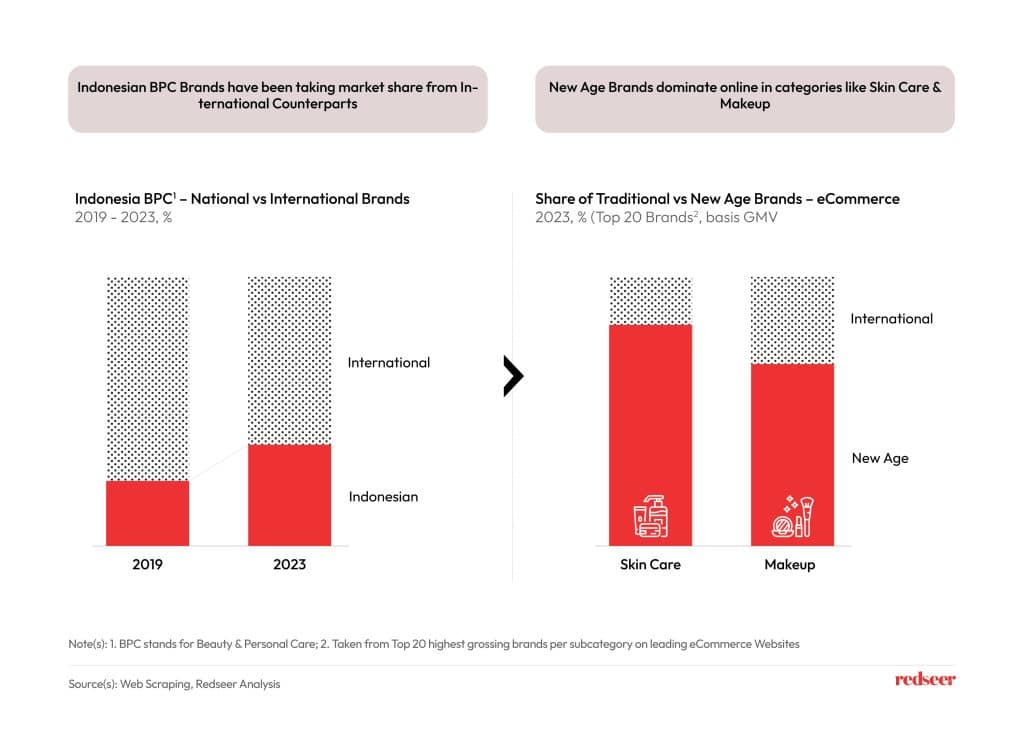
Supply chain disruptions and evolving consumer preferences have fueled a surge in popularity for local Indonesian beauty and personal care (BPC) brands since the pandemic. This growth is further bolstered by the explosive rise of homegrown, digitally-native brands that dominate online sales channels. Now, we’re even seeing established local players expand aggressively into offline retail, posing a serious challenge to traditional, well-known brands.
3. The Great Olfactory Revolution: an overlooked opportunity being disrupted as we speak
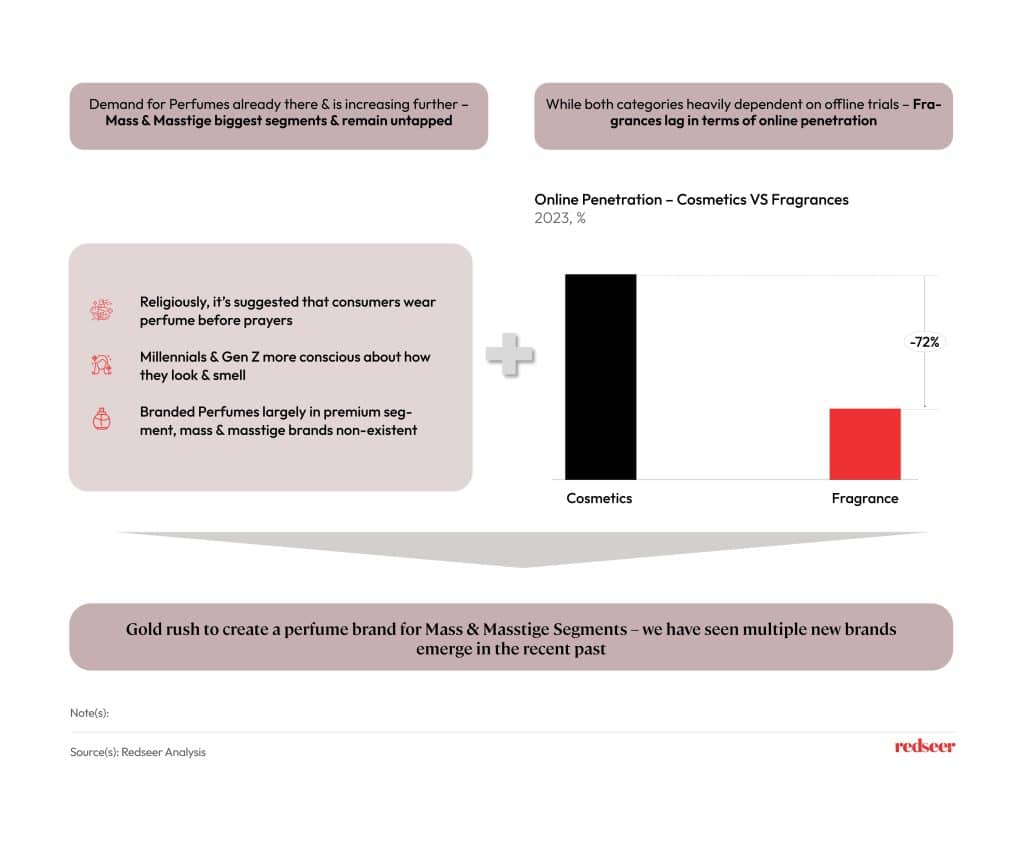
Brands have largely catered to the premium perfume market, leaving the mass market with limited options like deodorants or unbranded perfumes. However, driven by cultural trends and the evolving needs of younger consumers, there’s a growing demand for a mass perfume brand. This category also lags in online penetration compared to similar beauty and personal care (BPC) categories, where offline trials are important. Fun fact, it’s estimated that in China ~25% of perfumes are sold online. Recognizing this opportunity, multiple brands are now entering the mass perfume market, and we’re already seeing success stories emerge in both online and offline channels.
4. Movers & Shakers: Indonesian Brands who are disrupting the BPC space
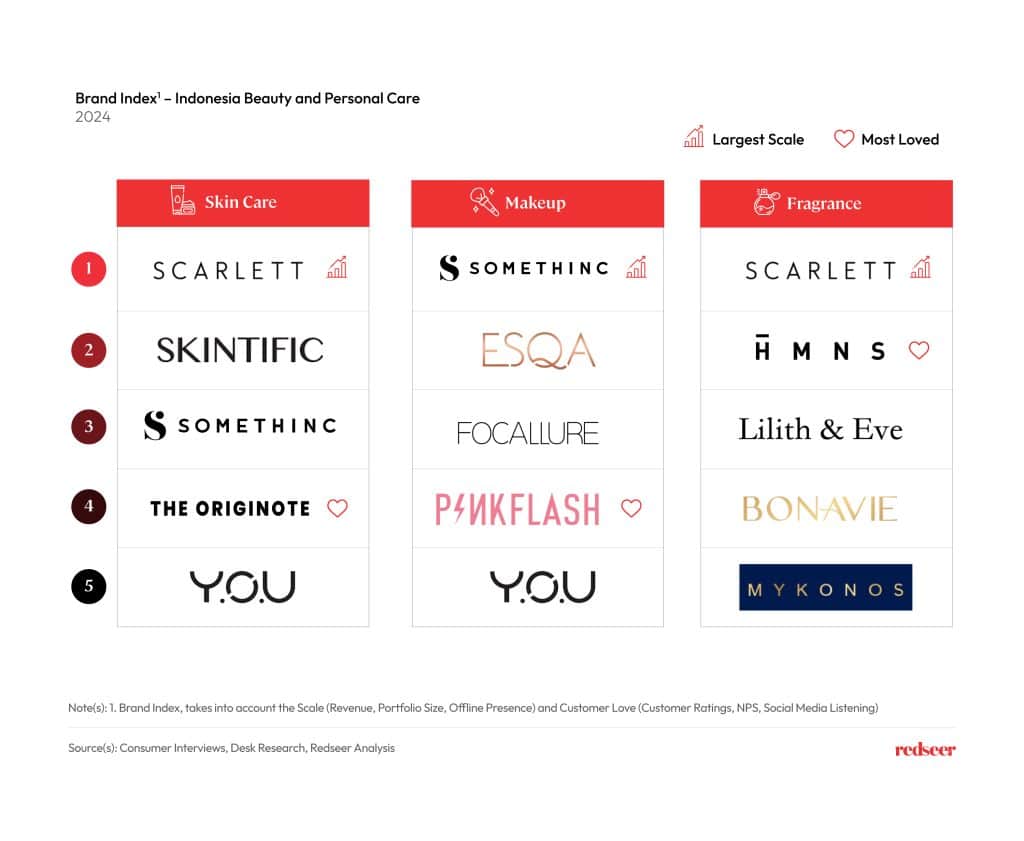
Speaking of disruption, we’re excited to announce the addition of BPC brands to our very own New Age Brand Index! This comprehensive index tracks the success of new-age brands across various industries, with a focus on factors like Scale & Customer Love.
Congratulations to all the winners!




